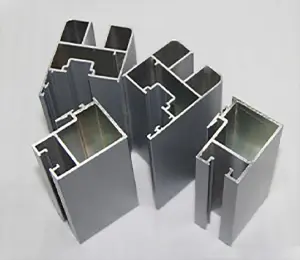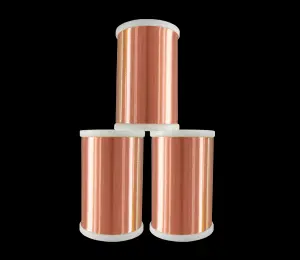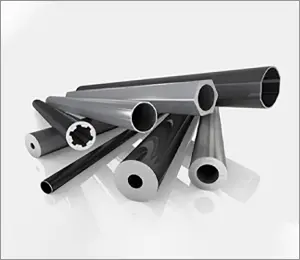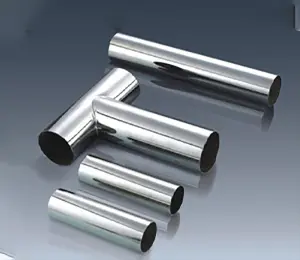
Aluminum
Aluminum is a lightweight metal with a density of approximately 2.7 g/cm³ (only one-third that of steel). It exhibits excellent electrical conductivity, thermal conductivity, corrosion resistance, and malleability. In sheet metal processing, aluminum alloys (such as 3003, 5052, 6061, etc.) are commonly used to enhance strength, hardness, or other specific properties.
Features:
Lightweight: High strength-to-weight ratio, making it ideal for weight reduction applications.
Corrosion Resistance: Forms a natural oxide layer on the surface, which can be reinforced through anodizing.
Ease of Processing: Good ductility, suitable for cold-working processes like stamping and bending.
Thermal/Electrical Conductivity: Widely used in heat dissipation components and electronic enclosures.
Eco-Friendly & Recyclable: Recycling rate exceeds 90%.
Disadvantages: Relatively low hardness (prone to scratches), requires specialized welding techniques (e.g., TIG welding).
Applications of Aluminum Sheet Metal
Electronics & Electrical, Transportation, Architectural Decoration, Industrial Equipment, Consumer Goods.

COPPER
Copper is a non-ferrous metal known for its excellent electrical and thermal conductivity, ductility, and corrosion resistance, making it widely used in industrial applications. In sheet metal processing, its properties make it a valuable material.
Features:
Electrical & Thermal Conductivity: Pure copper has the second-highest electrical conductivity after silver, making it ideal for electronic components.
Corrosion Resistance: Forms a protective oxide layer (patina) in humid environments, shielding the underlying metal.
Ductility: Can be cold- or hot-worked into complex shapes without cracking.
Antimicrobial Properties: Naturally inhibits bacterial growth, suitable for medical and food-handling equipment.
Aesthetic Appeal: Distinctive reddish-gold hue with a high-gloss finish when polished.
Applications:
Electronics & electrical engineering, architectural decoration, industrial machinery, artwork & furniture.

STEEL
Steel is one of the most commonly used materials in sheet metal processing, favored for its strength, plasticity, and cost-effectiveness.
Features:
Lightweight: Compared to cast or machined parts, sheet metal components are lighter.
High Strength: Structural rigidity can be enhanced through processes like bending and rib pressing.
Low Cost: High material utilization makes it suitable for mass production.
Design Flexibility: Capable of forming complex shapes (e.g., punching, embossing).
Diverse Surface Treatments: Supports painting, electroplating, anodizing, and more.
Applications:
Electronics & appliances, automotive industry, architectural decoration, industrial equipment, daily hardware.

STAINLESS STEEL
Stainless steel is an iron-based alloy containing at least 10.5% chromium. The chromium forms a dense chromium oxide passive layer on the surface, providing excellent corrosion resistance.
Features:
Corrosion Resistance: Higher chromium content (e.g., 316 with molybdenum) enhances resistance to salt spray and acidic environments.
Strength & Toughness: Austenitic stainless steel can be strengthened through cold working.
Diverse Surface Finishes: Can be polished, sandblasted, or coated with titanium (PVD), etc.
High-Temperature Resistance: Certain grades (e.g., 310S) are suitable for high-temperature applications.
Hygienic Properties: Non-porous and easy to clean, meeting food/medical-grade standards.
Applications:
Architectural decoration, industrial equipment, household appliances, transportation sectors.




